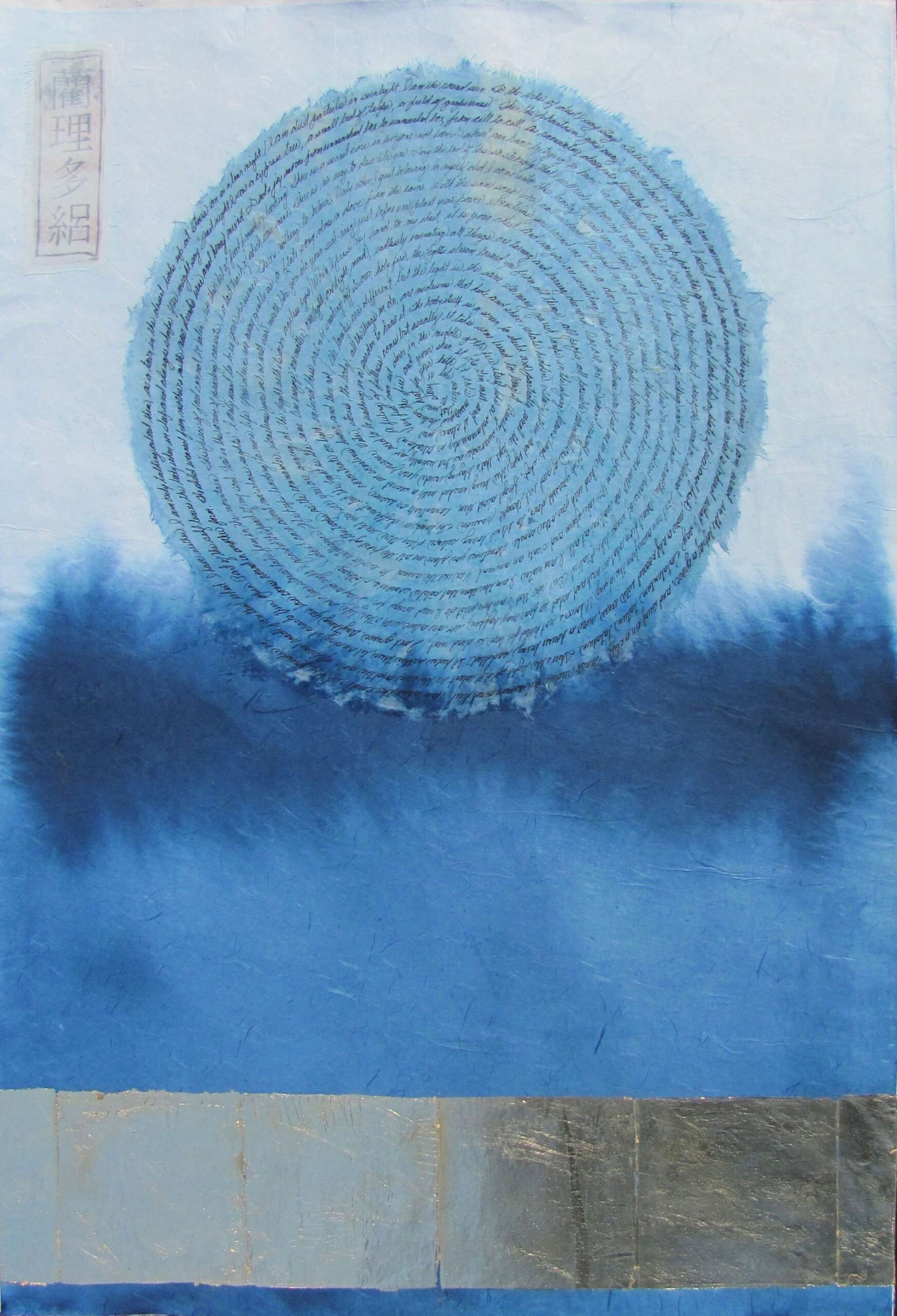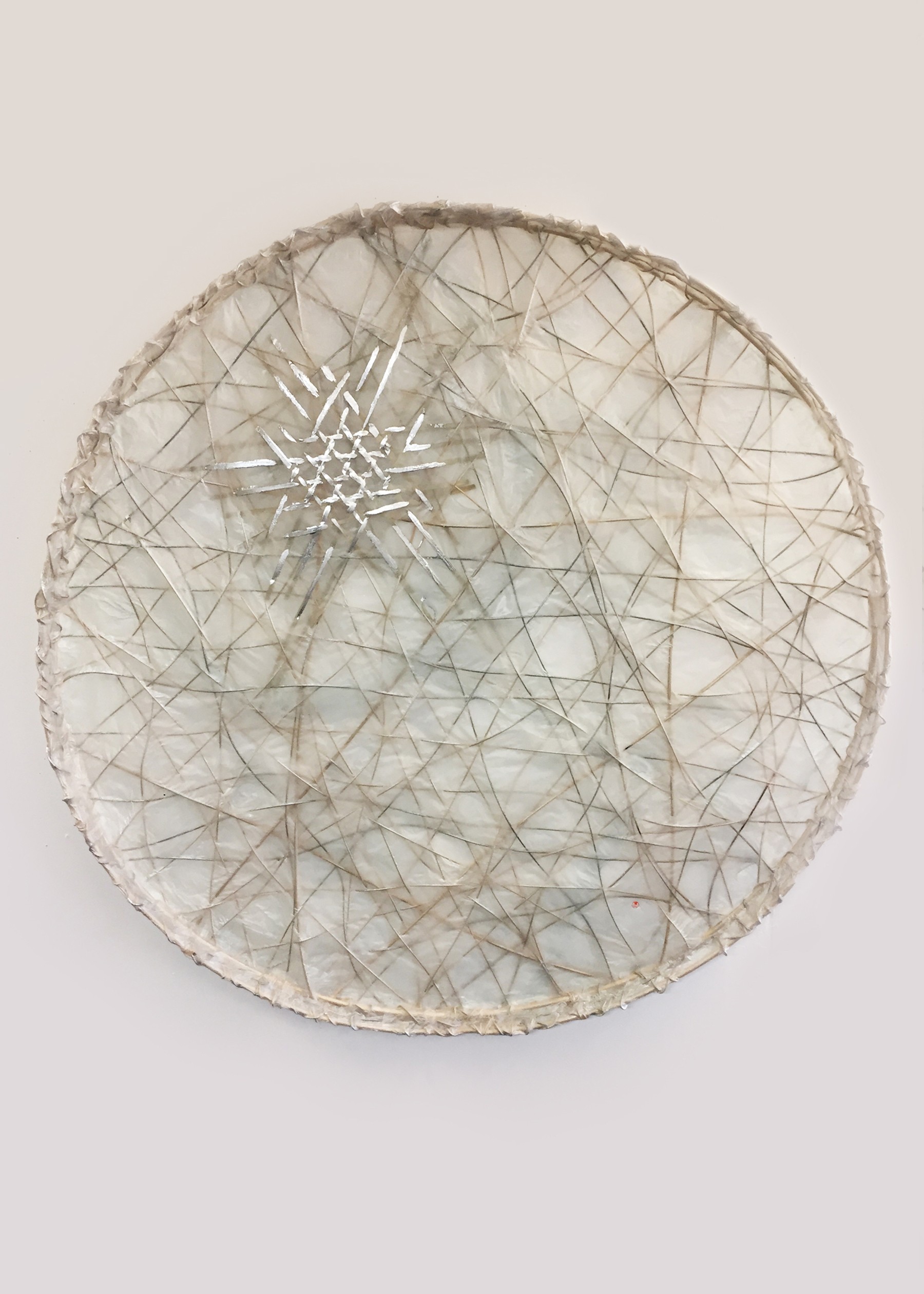Alright – so today we’ve got the honor of introducing you to Saaraliisa Ylitalo. We think you’ll enjoy our conversation, we’ve shared it below.
Saaraliisa, appreciate you joining us today. Did you always know you wanted to pursue a creative or artistic career? When did you first know?
When I was just a little girl I was always making. At the age of 9 I was given a dress to embroider. I loved it and then continued to learn every fiber technique I could. At 18 , my father’s job took us to Toronto. There I enrolled in a weaving class for the summer and I knew then that this is what I wanted to do professionally. From that time on I have always worked as a fiber artist. Although I no longer weave, the journey has allowed me to explore many paths, all within the textile world.


Great, appreciate you sharing that with us. Before we ask you to share more of your insights, can you take a moment to introduce yourself and how you got to where you are today to our readers.
I am a global nomad. In my childhood, my father’s job took us to several countries. Then after college my late husband’s career took me to many more. I established my art practice young, and it was easy to work all over the world. The influence of so many cultures has formed me as a person and an artist. During my professional journey I lived and taught abroad in Costa Rica, Japan, Peru and South Africa. While in Kyoto for five years (1990-1995), I fell in love with Washi (handmade paper) and studied with a master papermaker. My work since that time uses handmade paper (either mine, Japanese or Korean) and a myriad of fiber and paper techniques.
My work has shown nationally and internationally: these include Zimbabwe, Chile, Venezuela, Norway, Lithuania, Slovenia, Hungary, Australia, Peru, Costa Rica, South Africa, Japan, Korea, the United States and Canada.
The painter Agnes Martin said: “Everything, everything, is about feeling – feeling and recognition.” Her work was about her inner life and awareness of it, as is mine. I have always felt that I try to make our common human conditions and emotions visible in my work. Fear, despair, depression, but also hope, joy, and an inner knowing or calm.
I employ techniques that require a considerable time commitment. I really relish that time with a piece. The process and time with a piece is just as important to me.as the finished work.
I have always said that my work was about my emotional “weather,” but now I feel the ocean is a better metaphor. On its surface it can be turbulent, choppy, undulating, or placid, but underneath, it is mostly calm and tranquil.


For you, what’s the most rewarding aspect of being a creative?
Of course I love being in my studio and making work. The slowness of my work is quiet time, contemplative time. I cherish that time with the work, the materials, even the space which I feel is a sacred space.
When my work is exhibited I love the time spent with my audience and the conversations we have.. Once a women came to an exhibition and said, That is exactly how I felt growing up! I really enjoy seeing how a piece lands in someone else’s world. I want to communicate human emotions and conditions. I know that doesn’t happen with everyone who sees my work, but the ones who can share what the experience with me is very very rewarding.
Can you tell us about a time you’ve had to pivot?
Early in my career as a fiber artist I was exploring all the techniques I could as a weaver. Learning and making all the new techniques I was exposed to. This meant that I was creating lovely items, but they didn’t really reflect what I was yearning to relate in my work. Then a teacher said to me: “If textiles in your medium, write a letter to the person who has hurt you the most, using only fiber techniques. Then send it without explanation.” That assignment changed my world. I understood then how I could relate emotions and ideas in my work and take it to a level beyond just a pretty item.
Contact Info:
- Website: www.saaraliisa.com
- Instagram: @saaraliisaylitalo
Image Credits
1. Seth Ward 2 ,3,4,Mark Gulezian


